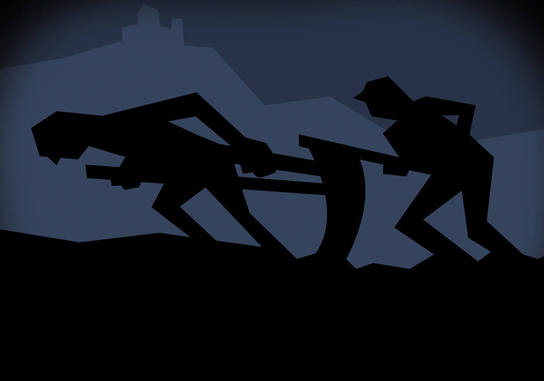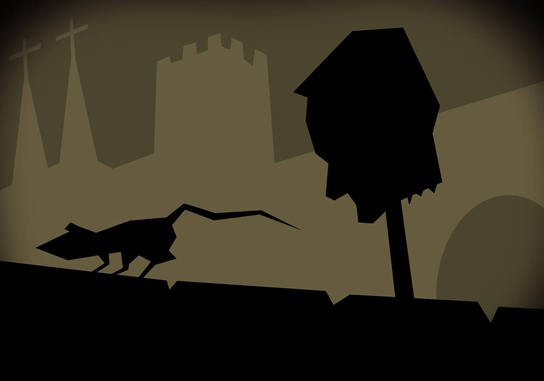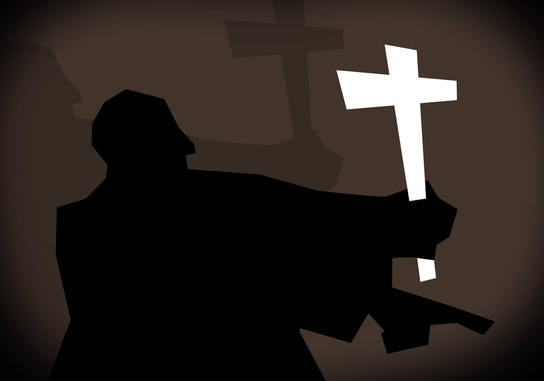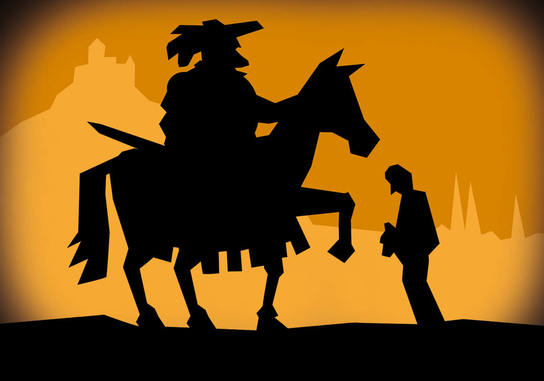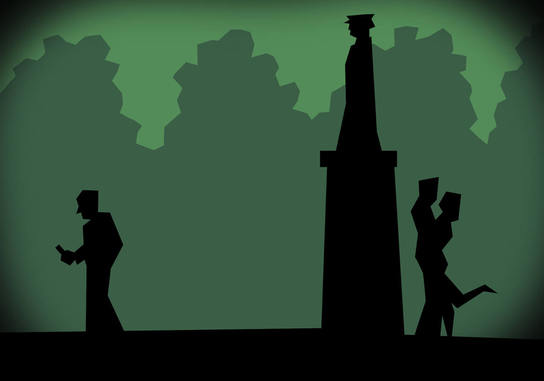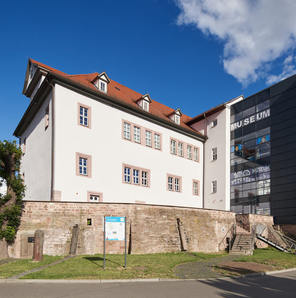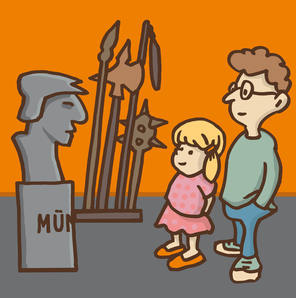History of reception
The Peasants' War remained anchored in social memory as a defining event. Subjectively interpreted, it served religious, social or political argumentation over time. As early as the Wittenberg reformers, the reception of the events, sometimes emotionally charged and tendentious, continued well into the 20th century. Later on, it was political and ideological influences that often made it difficult to get a clear view of the facts. Corresponding interpretations and representations can be found in a wide variety of writings, works of art, performances or even everyday objects.

